Do you know your SUVs from your MPVs? Cars come in a wide array of shapes and sizes.
Whether you’re preparing to sell your car or buy a new one, it’s good to familiarise yourself with all the various car body types and their characteristics. This important knowledge can help you accurately describe your car to find the right buyers – or select a new motor that fits your specific requirements.
There are more than 300 unique car models on the market today – each with a specific body type. In this guide, we will define the most common car body styles, with descriptions of each style’s characteristics to help you navigate the market with confidence.
Get a free valuation
Defining cars by body style
Car body style categories are extremely helpful when it comes to classifying cars, as each vehicle’s shape prioritises different characteristics. For example, estates offer large boots which are optimally shaped for storage, whereas coupés prioritise sleek lines over space and practicality.
Moreover, the first impression of a car is vastly determined by its shape or body style – and with so many available on the market, it’s clear to see why knowing car body types is important.
Saloons
Saloons in the UK, whilst varying in shape and size, are often manufactured by luxury brands such as Audi and Mercedes-Benz.
These four-door cars are sometimes known as ‘three-box’ cars because they have an engine bay, a cabin and a boot. Saloons, which are known as ‘sedans’ in the US, also come in various sizes such as executive, subcompact and full-size saloons. They typically have a longer wheelbase, which provides a more comfortable ride than a hatchback.
The saloon market includes affordable options such as the Skoda Octavia and more luxurious offerings such as the Mercedes S-Class.
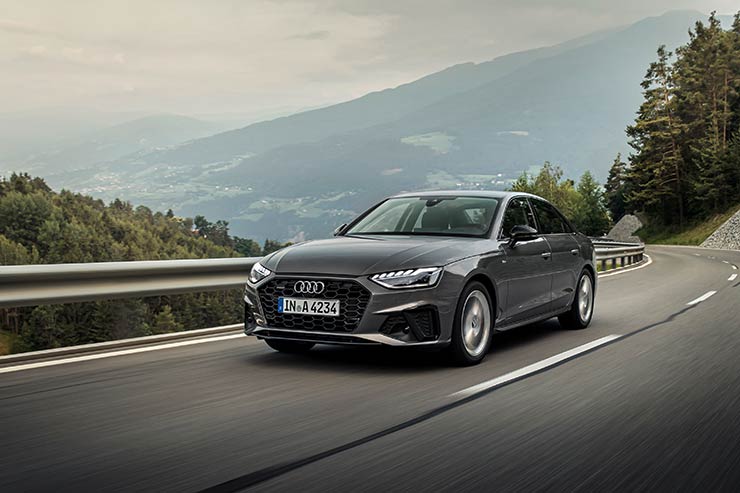
Coupés
The word coupé is derived from the French verb ‘couper’, which means ‘to cut’. In this context, this means the car has been ‘cut’ shorter than standard.
Coupés are usually two-door cars, meaning they offer less practicality than four-door models, but their fans would argue, they make up for it with style.
However, you can now get four-door coupés and coupé SUVs (which companies simply deem as ‘coupé-like’), which has sparked debates over the definition of this type of body. Typically speaking, coupés have solid, sloping roofs often paired with a saloon-style boot. Coupés typically have sharp handling and quality performance, as evidenced by the Audi R8.

Sports cars
Sports cars have a sleek look and are usually two or four-seaters. Sports cars are low to the ground and are often very expensive. The Porsche 911, for example, is a typical sports car. However, the definition of a sports car can also include muscle cars such as the Ford Mustang. There are also high-end exotic dream cars with sky-high price tags such as the Ferrari 488 GTB.
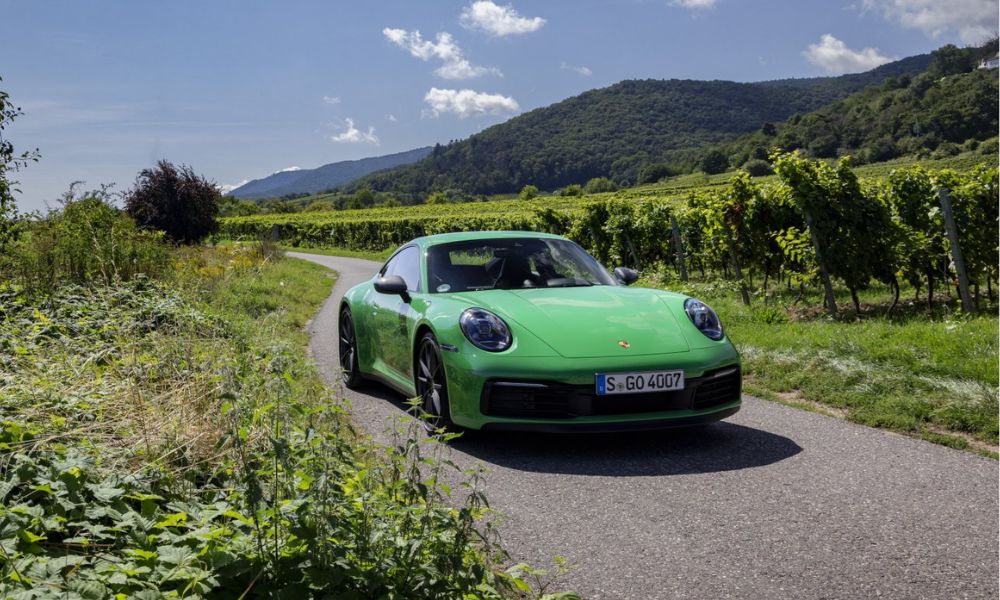
Estate cars
Estate cars are inspired by saloons and hatchbacks but are usually longer, with an oblong boot, a vertical or near-vertical rear window, extended rooflines and a rear hatch door.
Volvo’s V90 and Audi’s A6 Avant are great examples of estate cars. Interestingly, estate cars have declined in popularity in recent years – and some manufacturers have now removed them from their rosters entirely. For example, Ford discontinued the Mondeo in 2021 and Vauxhall removed the Insignia in 2022.
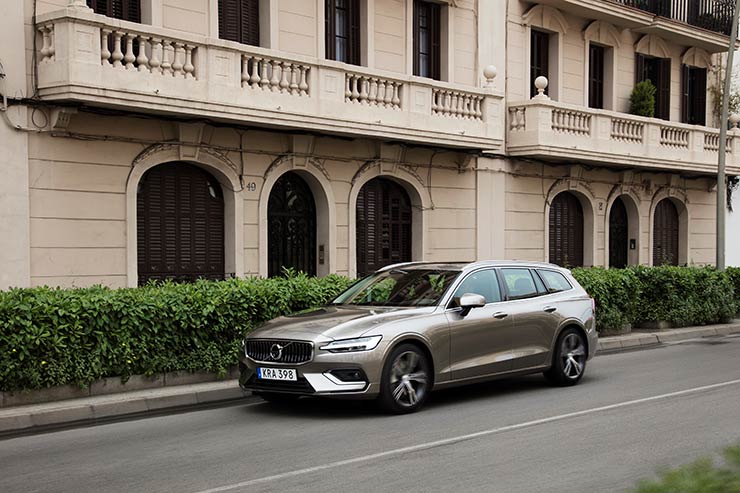
Hatchbacks
The term ’hatchback' traditionally refers to a subcompact saloon with a squared-off roof and a rear flip-up hatch door providing access to the vehicle's load area instead of a boot. The Kia Rio is an example of a hatchback car.
In recent years, many larger cars with rear hatches have hit the market, such as the Audi A7. Hatchbacks resemble saloons but have a raked hatchback that makes getting to the loading area easier, whilst still providing more storage than a traditional boot.
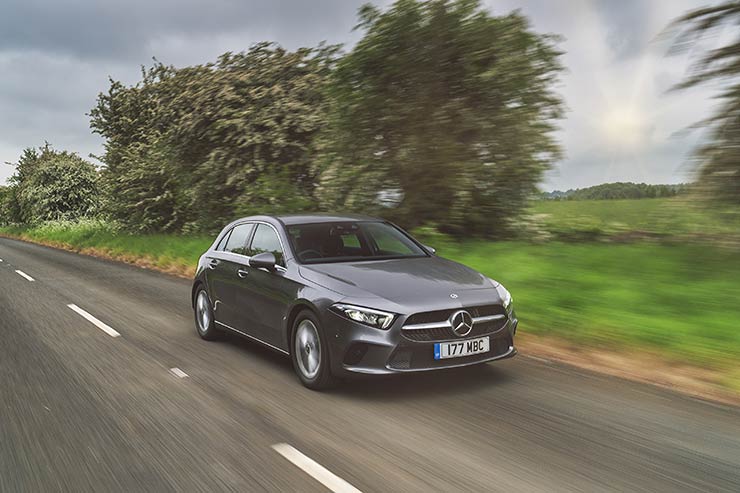
Convertibles
A convertible has a roof which retracts into the body of the car, leaving the cabin open. Many convertibles have fully powered fabric roofs which fold down.
Other variations of this body type include convertible hardtops and unconventional quasi-convertibles known as Targa-tops (such as the Mazda MX-5 Miata RF or the Porsche 911 Targa and Corvette). In these vehicles, only a part of the roof can be moved by hand.

SUVs (Sport Utility Vehicles)
SUVs, which are sometimes known as crossovers, are often boxier and taller than saloons. These vehicles have elevated seating with more ground clearance than a car. They also have a station wagon-like loading area which can be reached by a flip-up rear hatch door. Many SUVs also have an all-wheel drive.
Large SUVs sometimes have three rows of seating. SUVs come in a variety of sizes such as subcompact, mid-size, and full-size. More luxurious brands tend to offer SUV models in most of the same size categories.
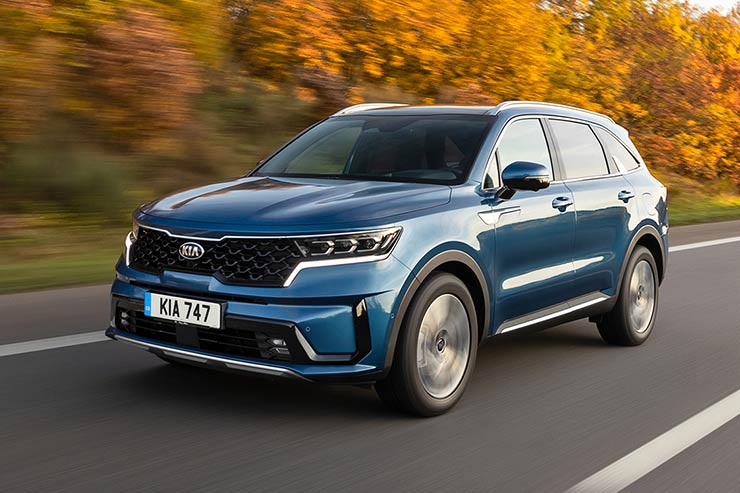
MPVs (Multi-Purpose Vehicles)
MPVs are often known as people carriers. They are known for their tall roofs and appeal to families who need plenty of space, as they also have flexible seating arrangements.
MPVs have sliding rear doors and can be more practical than SUVs. This body type was made popular by the original Renault Espace in 1984, yet MPVs are currently falling in popularity, with SUVs stealing the limelight. Popular MPVs include the Volkswagen Touran and the Ford Galaxy.
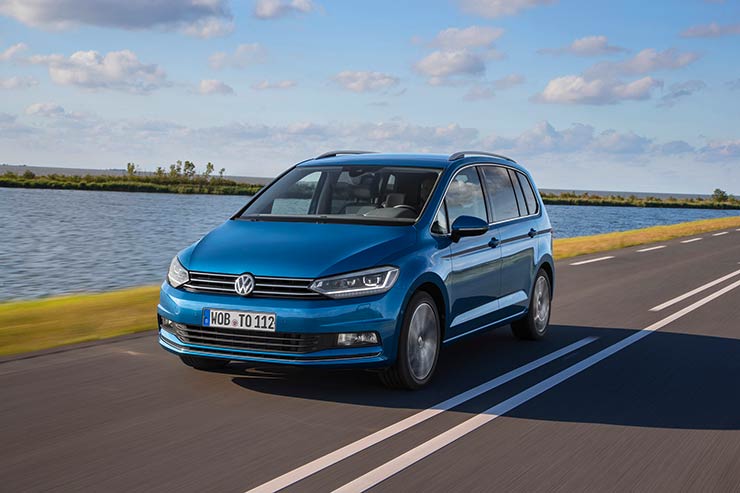
Pickup trucks
Pickup trucks have a passenger cab and an open cargo bed at the rear. Most pickups have some type of all-wheel drive or a part-time four-wheel drive. (Part-time four-wheel drives are for off-road use only.)
However, the mid-sized Honda Ridgeline is an exception because its pickup bodies are cabs on a separate steel frame. The Ridgeline is similar to a crossover, as the rear section of the roof is cut off to expose a cargo bed. Pickup trucks come in two sizes: full-size and mid-size.
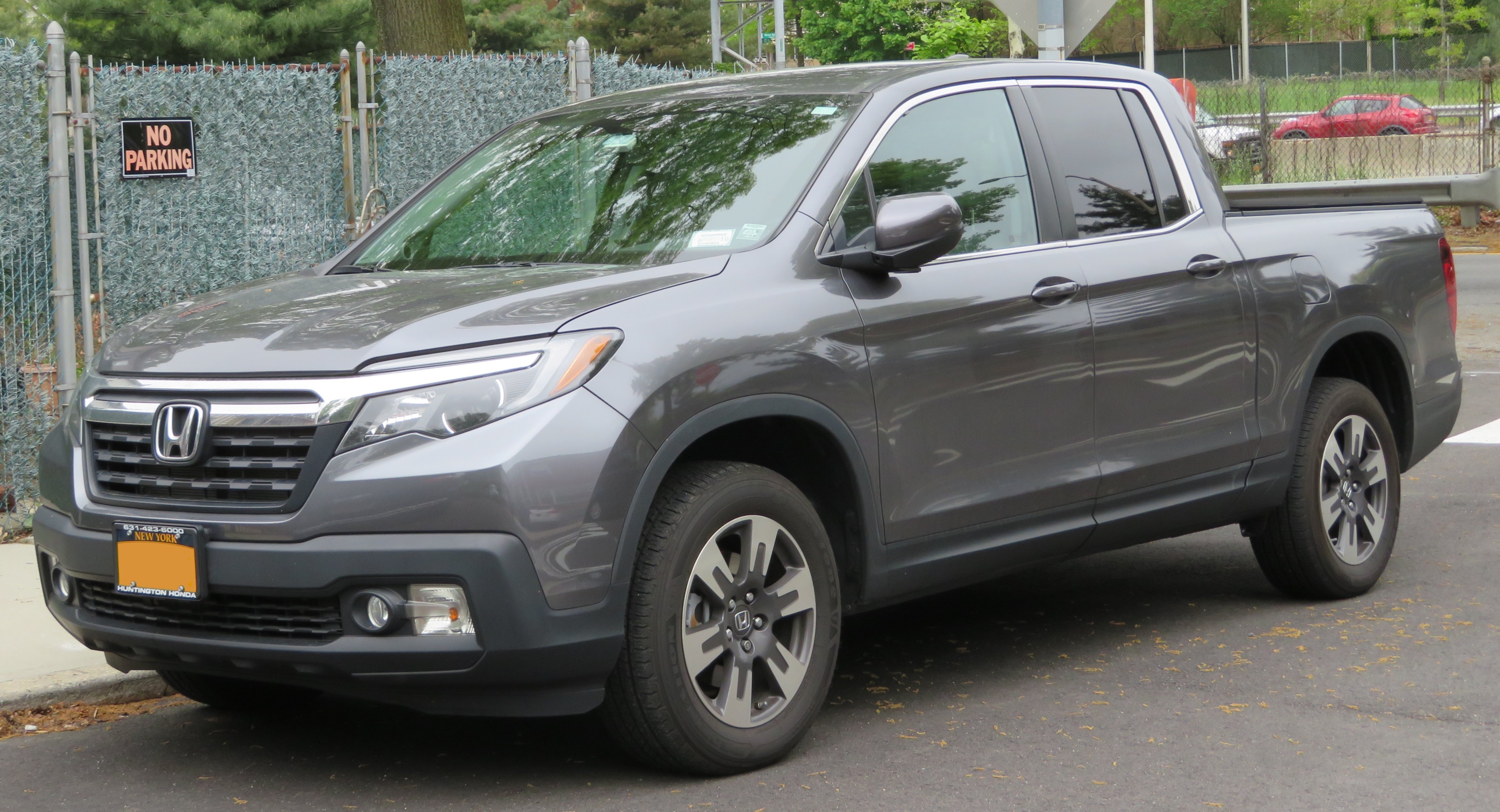
Unconventional car types
Although it would be simpler if every car fit into a specific body type category, this isn’t always the case in realty. Some cars simply don’t fit into one traditional category.
For example, the BMW X4 is a four-door coupé, but coupés traditionally have just two doors. It’s harder to categorise any such vehicles, as they combine shapes and stylistic elements from multiple body types.
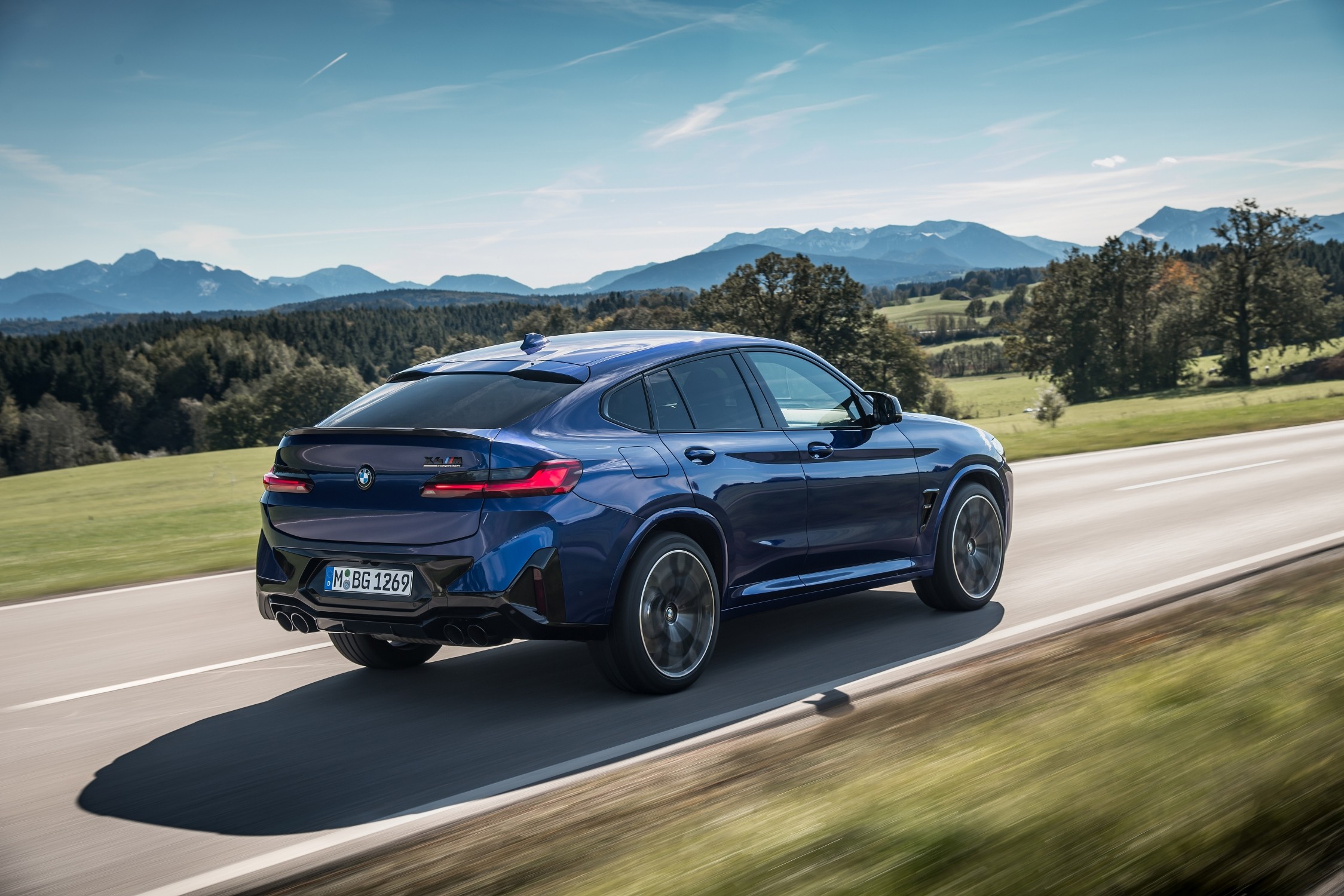
Choosing the right car type for you
While there are various car body types such as the classic saloons, or the spacious MPVs and SUVs, it’s important to consider your priorities before choosing a car body type.
If you want a sleek, compact vehicle that packs speed, a sports car could be a great option. However, if you want more space for your family, an MPV would be a better choice. It’s all about selecting the body type that best accommodates your needs.


